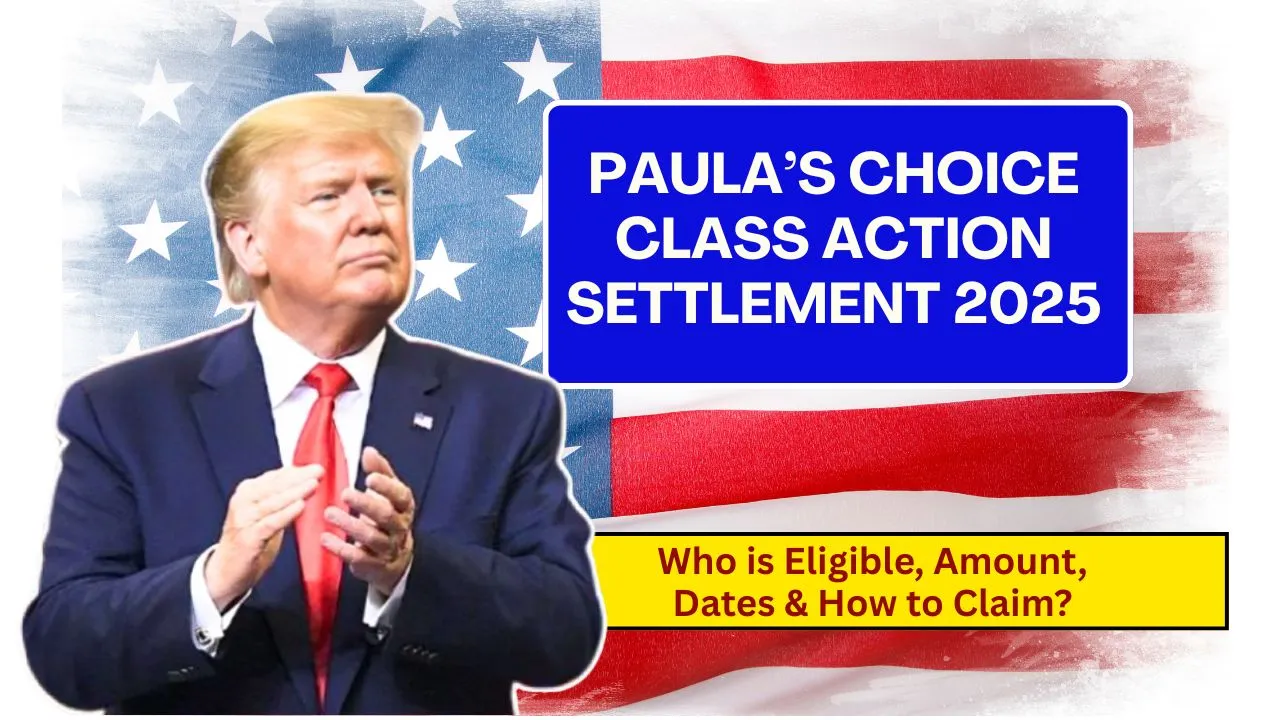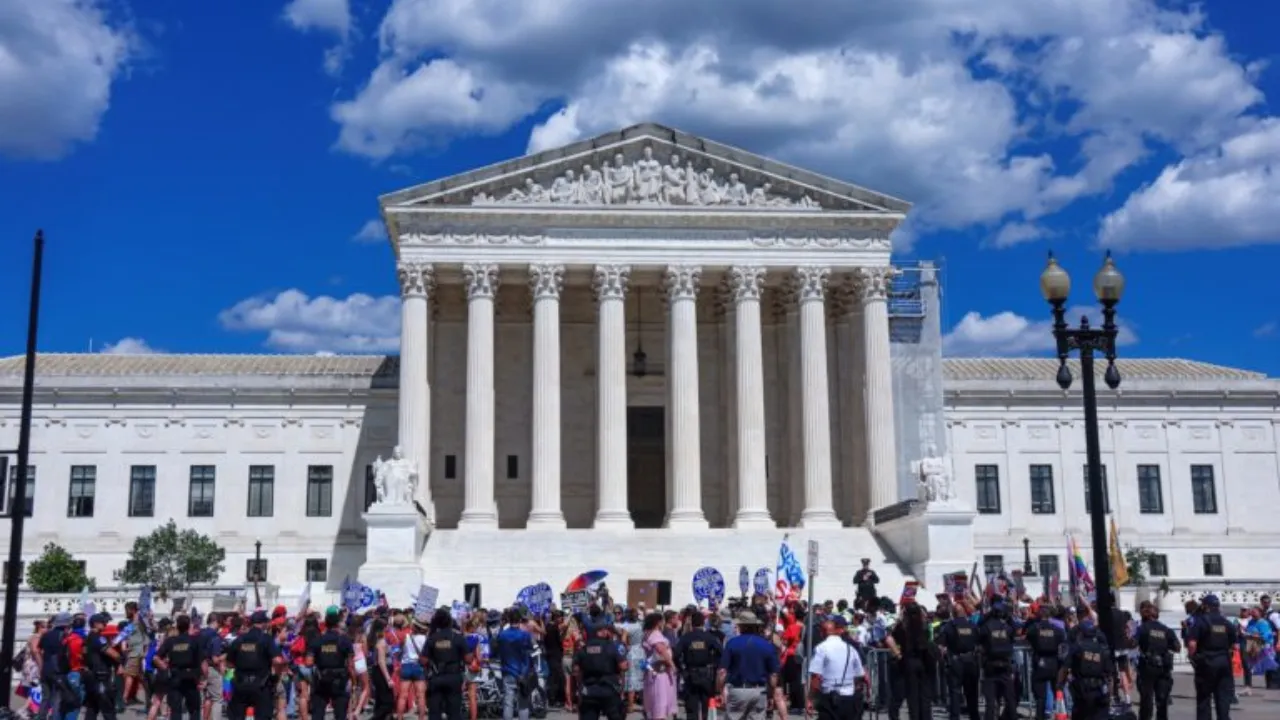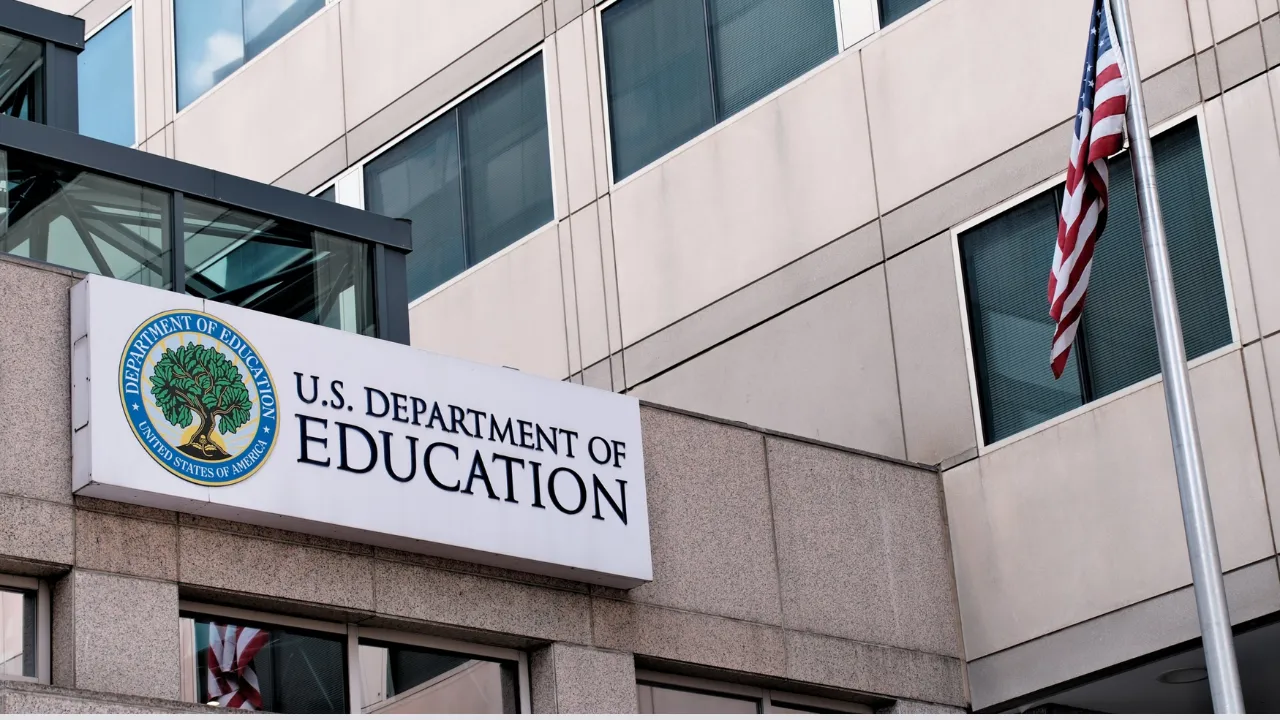Paula’s Choice Class Action Settlement: A high-profile class action lawsuit involving Paula’s Choice, a brand once known for its strong cruelty-free ethics, has captured the attention of ethical consumers across the U.S. The lawsuit alleges that despite advertising its products as cruelty-free, Paula’s Choice knowingly allowed animal testing on some of its products to comply with Chinese regulations. This revelation has led to a legal challenge by consumers who feel they were misled by the brand’s marketing claims. As this lawsuit moves forward, questions around eligibility, settlement details, and consumer rights have become central.
For buyers who relied on cruelty-free promises, the Paula’s Choice Class Action Settlement opens the door to potential compensation. The case focuses on customers who purchased Paula’s Choice products between December 22, 2009, and March 13, 2023. If you’re among them, it’s important to understand your legal options, the timeline of the settlement, and how to file a claim if compensation is approved.
Paula’s Choice Class Action Settlement
The Paula’s Choice Class Action Settlement stems from claims that the company contradicted its long-standing cruelty-free image by allowing animal testing for products sold in China, where animal testing was a requirement for imported cosmetics until 2021. The lawsuit contends that by failing to disclose this to U.S. customers, the company violated consumer trust and federal advertising standards. While Paula’s Choice has denied wrongdoing, the lawsuit has moved forward in federal court, and a potential resolution is being closely watched by ethical consumers and industry watchdogs alike.
Overview Table: Paula’s Choice Class Action Details
| Key Details | Information |
| Company | Paula’s Choice |
| Parent Company | Unilever |
| Lawsuit Period | December 22, 2009 – March 13, 2023 |
| Allegation | False advertising about cruelty-free practices |
| Location of Filing | U.S. District Court, Western District of Washington |
| Main Claim | Animal testing to access Chinese market |
| Type of Case | Class Action |
| Eligibility | Buyers of Paula’s Choice products during the stated timeframe |
Ethics vs Expansion
At the core of this lawsuit is a conflict between ethical branding and global business strategy. Paula’s Choice, founded by skincare expert Paula Begoun, marketed itself as a cruelty-free brand from the start. That reputation drew in a loyal customer base that actively avoided companies involved in animal testing. However, according to the lawsuit, to meet Chinese import regulations, Paula’s Choice permitted animal testing, undermining its stated values.
This action, the plaintiffs argue, not only breached ethical marketing principles but also violated consumer protection laws. American customers who trusted the cruelty-free claims unknowingly supported a practice they might have otherwise avoided. The case raises broader concerns about how companies present ethical commitments while operating in international markets with different standards.
Paula’s Choice Class Action 2025 Eligibility Criteria
To participate in the Paula’s Choice Class Action, consumers must meet specific criteria:
- You must have purchased a Paula’s Choice product between December 22, 2009, and March 13, 2023.
- Purchases must have been made within the United States, either through the company’s website or approved third-party sellers.
- The claim must be based on the belief that you were misled by cruelty-free advertising while the company allegedly engaged in practices that contradicted those claims.
The eligibility window spans more than a decade, covering a large group of consumers. If you believe you were influenced by the brand’s ethical messaging during this time, you may have a claim under this class action.
From Consumer Trust to Turmoil
One of the most notable voices in the lawsuit is Jesse Vargison, who became a loyal Paula’s Choice customer after investigating its cruelty-free claims in 2018. According to the complaint, Vargison bought over 30 products, believing he was supporting a company that aligned with his values. Discovering that some of these products may have undergone animal testing to satisfy Chinese import requirements felt like a personal betrayal, he claims.
His story is representative of many consumers who take brand ethics seriously. The lawsuit emphasizes how trust, once lost, is difficult to regain—especially when it involves moral issues like animal welfare.
Challenges in China
International cosmetic brands face unique challenges in markets like China, where animal testing was mandatory for many years. While some regulatory changes have been introduced in recent years, the practice remained a legal requirement throughout much of the lawsuit’s timeline. For a brand like Paula’s Choice, which built its identity around cruelty-free products, entering such a market meant either adapting to local rules or abandoning expansion plans.
The lawsuit argues that Paula’s Choice chose profit over principle. This decision, according to the plaintiffs, should have been clearly disclosed to consumers who may have made different purchasing decisions if they had known the truth.
Parent Company Influence
Adding another layer to this lawsuit is the role of Paula’s Choice’s parent company, Unilever, which has a mixed record on animal testing. While Unilever claims to support alternatives to animal testing, it has admitted that some of its brands conduct animal testing when required by law, especially in international markets.
This association raises concerns for ethical shoppers who often avoid brands owned by corporations with conflicting practices. Although individual brands under large parent companies may promote cruelty-free standards, their affiliation can blur the ethical lines for many consumers.
Lawsuit Settlement Amount, How to Claim?
As of now, the case is still moving through the legal process. The court has partially allowed Paula’s Choice to pursue a settlement, while also keeping parts of the lawsuit active. Plaintiffs are asking for a jury trial, injunctive relief, and triple damages under U.S. consumer laws.
If a settlement is reached and approved, eligible claimants will likely be able to file for compensation through an official class action settlement website. The process typically includes:
- Submitting a claim form (online or by mail)
- Providing proof of purchase (receipts, account statements, email confirmations)
- Meeting the claim deadline once it’s announced
No settlement amounts have been confirmed yet, but claimants could receive cash compensation or credit, depending on the final agreement.
FAQs
1. Who qualifies for the Paula’s Choice class action settlement?
Consumers who bought Paula’s Choice products between December 22, 2009, and March 13, 2023, and relied on the company’s cruelty-free claims.
2. Has a final settlement been reached?
Not yet. The case is still pending. However, parts of the lawsuit are being negotiated for a possible settlement.
3. Will I need proof to file a claim?
Yes. Proof of purchase will likely be required, such as order confirmations, receipts, or account records.
4. Does Unilever’s ownership affect this case?
While Unilever is not the direct target of this case, its ownership raises concerns about animal testing practices that may influence consumer trust.
5. Where can I stay updated or file a claim if eligible?
You can monitor updates via official class action settlement websites or trusted legal news platforms once the claim process begins.
Final Thought
The Paula’s Choice Class Action Settlement 2025 is about more than money—it’s about holding companies accountable for the values they promote. For many consumers, ethical shopping is based on trust. When that trust is broken through misleading advertising, legal action becomes a powerful tool for demanding transparency and change.
If you’ve purchased Paula’s Choice products and feel deceived by their cruelty-free claims, now is the time to pay attention. A settlement may offer compensation, but more importantly, it may help reinforce higher ethical standards in the beauty industry.
Stay informed, gather your records, and be ready to claim what’s rightfully yours. Your voice can help set a higher bar for truth in marketing and integrity in skincare.









